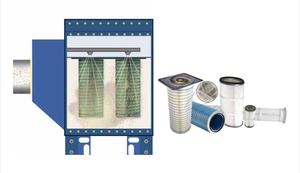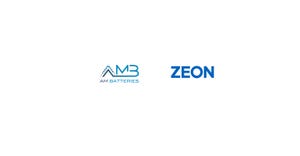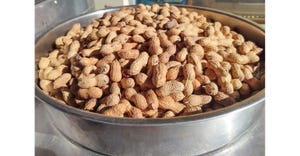September 3, 2015
The National Fire Protection Association (NFPA) issued a new standard for combustible dust this summer, but understanding it and how it fits in with existing standards is a challenge in and of itself.
NFPA 652: Standard on the Fundamentals of Combustible Dust is intended to help companies better understand what they need to do to control and prevent combustible dust explosions.
There are existing combustible dust standards from the NFPA, but those standards may not answer a certain question you have about your operations, says Ashok Dastidar, vice president of dust and flammability testing and consulting services with Illinois-based Fauske & Associates. “If you are confused as to what standard you fall in, then follow 652,” said Dastidar said.
By following the NFPA guidelines, most companies should be OK when it comes to managing their combustible dust. "If you do everything that NFPA wants you to do, then you have done everything that OSHA wants you to do,” Dastidar said.
Dastidar will talk about NFPA 652, OSHA, and how the new standards affects companies next month at Powder & Bulk Solids Texas as part of the two-day conference session at the show. His session, “Standards Compliance: Breaking Down the Latest from OSHA and NFPA”, will focus on NFPA 652 and will aim to help conference attendees understand what the new standard means and how it fits in with other NFPA standards that relate to combustible dust.
Find out more about NFPA 652, combustible dust, and more at Powder Show Texas Oct. 13-14, 2015 at the NRG Center in Houston. |
Dastidar has served on the technical committee for various NFPA combustible dust standards, including committees that reviewed how the other standards comply with the guidance contained within 652.
The other NFPA standards will eventually be revised to reflect what is found in 652, but 652 will eventually be revised. The goal is to develop an ultimate technical document for combustible dust. “652 is a step forward but it’s not the end of the story,” Dastidar said.
NFPA 652 is expected to be helpful to both companies who work with combustible dusts but also OSHA itself.
Because combustible dust can be difficult to enforce for OSHA, the agency can use the NFPA standard to train its employees on how to monitor and enforce combustible dust standards within a workplace, said Dastidar.
At the same time, NFPA 652 will help companies more clearly explain what monitoring of combustible dust they need to do for their operations. For instance, a smaller operation may only need to do a simple dust hazard analysis of their operations and the standards they need to follow will be simpler than a larger operation with more volume, according to Dastidar.
Joe Florkowski is the managing editor for Powder & Bulk Solids. He can be reached at [email protected]
For related articles, news, and equipment reviews, visit our Explosion Protection & Safety Equipment Zone
Click here for a List of Explosion Protection & Safety Equipment Manufacturers
You May Also Like


